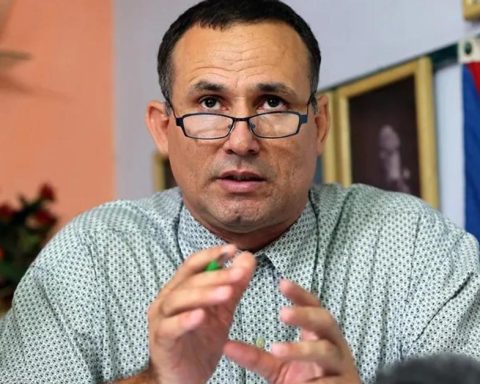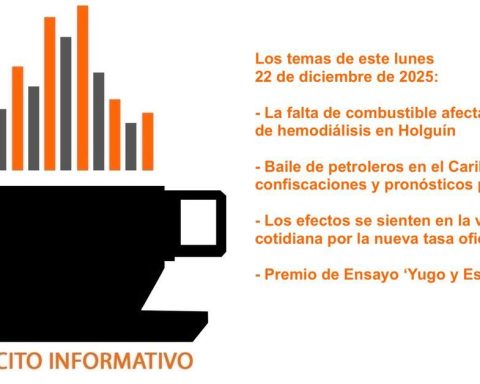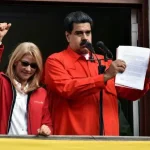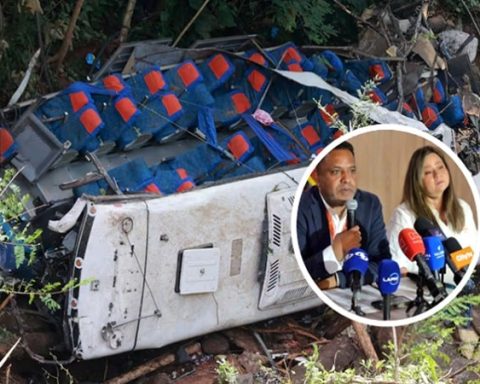The priority sectors have received increasing budgets, but the results have been halfway. The country is one of the worst in the region in terms of spending quality.
If you add the public spending accumulated during the last 18 years, the figure is $431,223.8 million. This amount represents almost 10 times more than the accumulated wealth by all adults over 18 in the country.
In other words, the State has had an enormous amount of resources to improve services and reduce poverty gaps and access to opportunities.
However, although there are advances in levels of scholarship, reduction of illiteracy, among others, the country continues to have unresolved structural problems, which deepened during the pandemic.
Destination of the resources
More than 31% of this public spending has been allocated to three sectors considered a priority:
- Since 2003, $57,126.02 million have been invested in education.
- $27,838.58 million have been spent on health.
- Defense (military) has received $25,566.48 million; and internal affairs (Police and transit) have had accumulated budgets of $23,691.11 million.
Thus, in these sectors more than 134,000 million have been allocated in 18 years. just the call National Treasure, with more than $208 billion, it has had more resources.
This national treasure includes expenditures in four destinations: public debt payments, fuel subsidy, transfers to social security and local governments.
Norma Ramírez, an economist and teacher, explained that the State, through the Central Government, has disbursed around $100 million a day, but the quality of services does not even reach half of that value.
“We should move towards a zero-based budget model, where each year it is necessary to justify what is going to be spent on as if it were the first time that it is going to be done. Currently, resources are allocated based on what has been spent last and previous years, but without measure efficiency or relevance. Everything is done by inertia,” he said.
Without efficiency there is no expense worth
Ecuador is among the 10 economies in Latin America with lower ratings in terms of efficiency in public spending, according to a report by the World Economic Forum.
In addition, the International Monetary Fund (IMF) has estimated that between 15% and 30% of the money invested is lost thanks to corruption, unnecessary red tape, inefficiency and waste (surcharges, poor construction, lack of planning, among others).
In the last 18 years, almost twice as much has been spent on health and education of what has been allocated to security (military and police). But nevertheless, less than 20% of the Ecuadorian labor force has finished high school and has more training.
Even in the Correísta decade, with oil at more than $100 and a skyrocketing public spending, access to the Internet and the quality of the educational infrastructure did not improve substantially, especially in rural areas.
Rosa María Torres, educator, social activist and former Minister of Education, has pointed out on several occasions that the education sector, despite the allocated budgets, began a process of stagnation since 2013.
Health, low
Nowadays, more than $860 million needed only to adapt a good part of which, which have been abandoned without maintenance for years.
Also, on the subject of Health, the shortage of medicines has been a daily reality (with ups and downs) since 2003. In the midst of the pandemic, the deterioration was felt. For example, in the fact that of each $100, at least $48 must come out of pocket for families to pay for what the public system does not have.
In this context, Ramírez stressed that, if they ask for more money for priority sectors, first determine how resources are being spent.
“This is the only way to cut back on what is really unnecessary or unproductive and put all the effort into what does give added value. Otherwise, most will go to waste and the structural problems will continue without major changes”, he concluded. (JS)
















